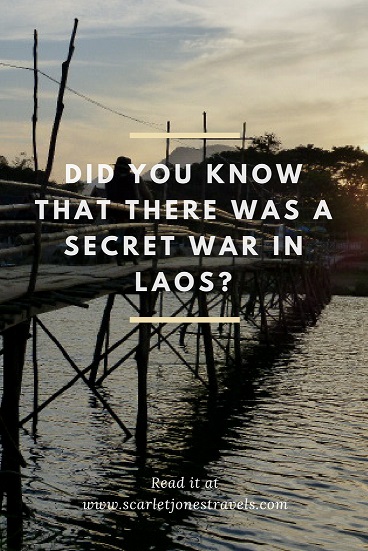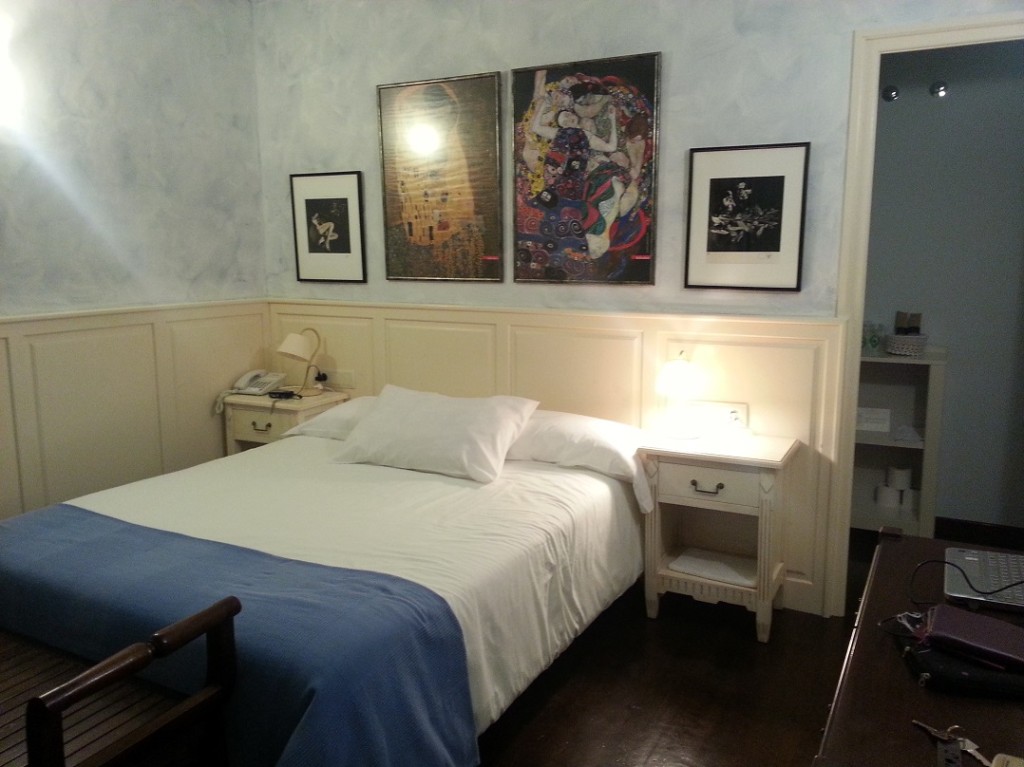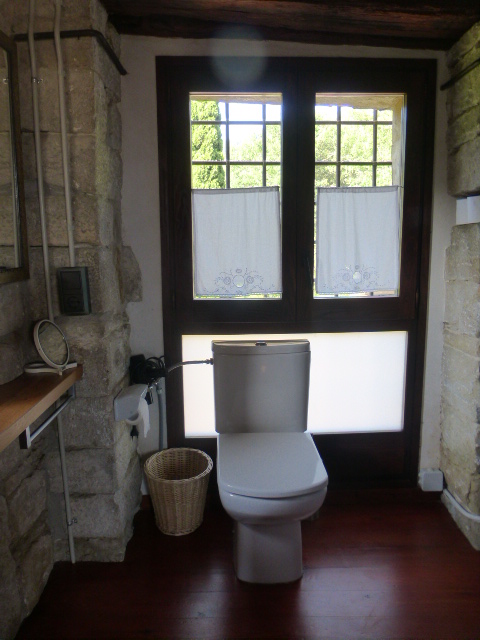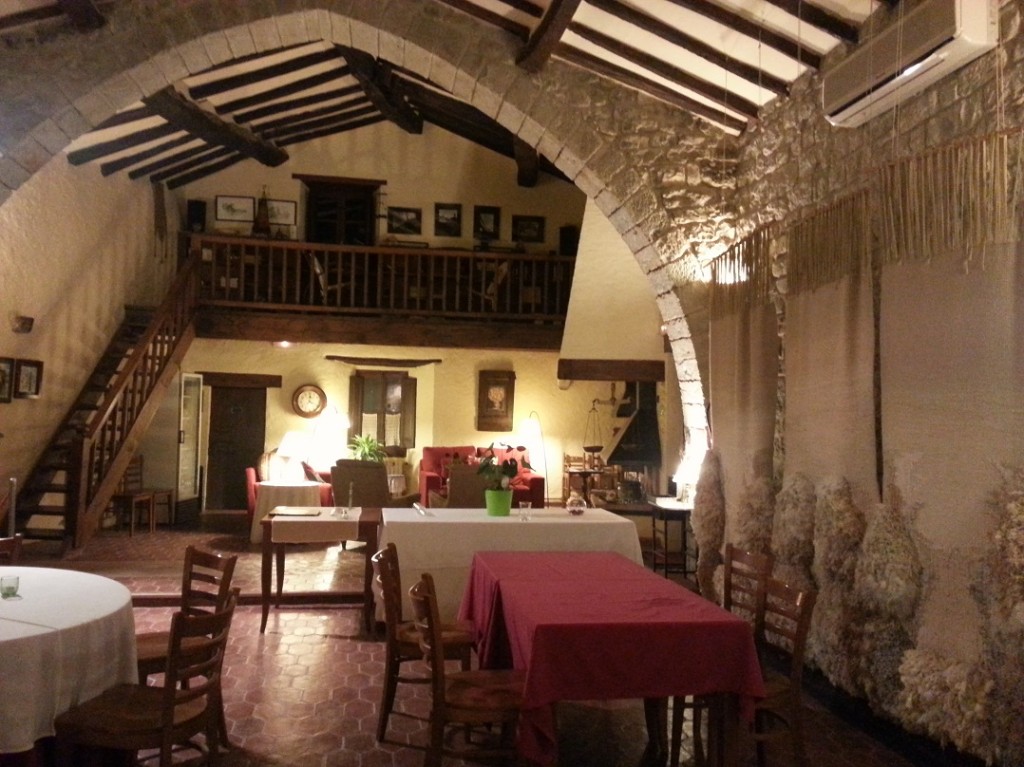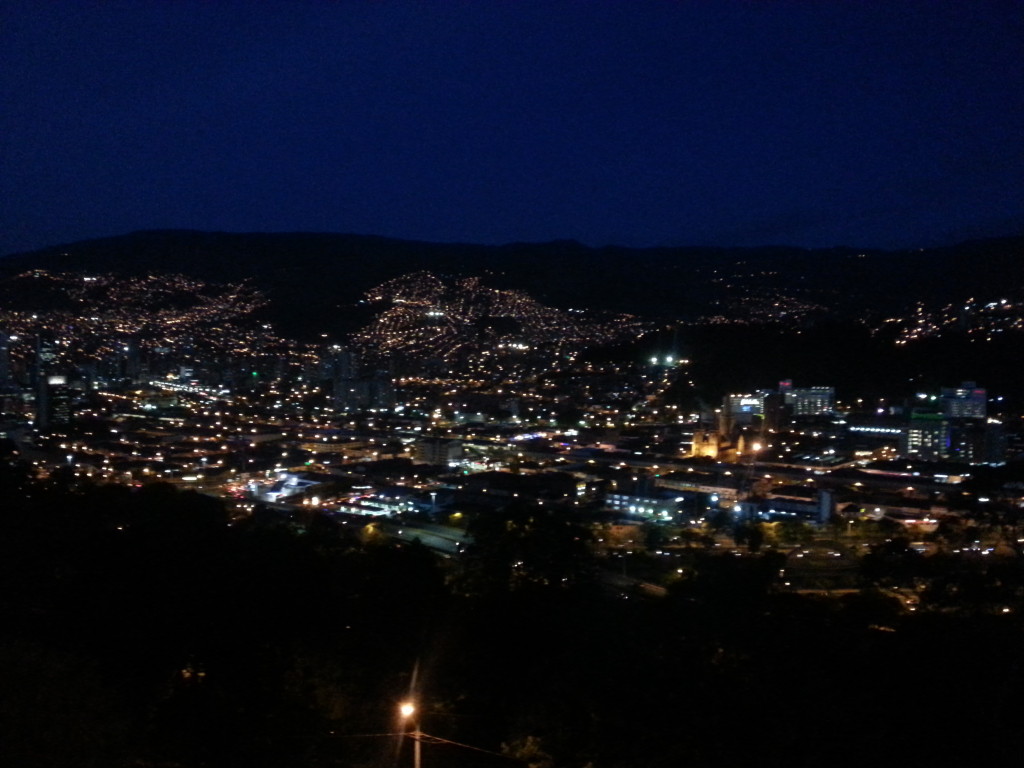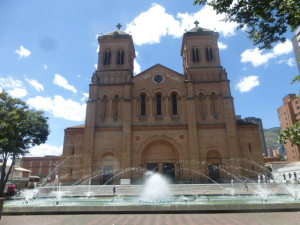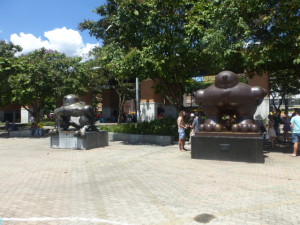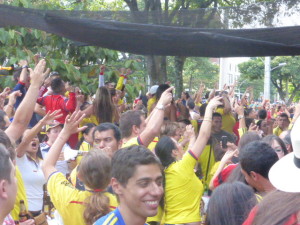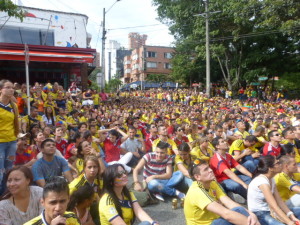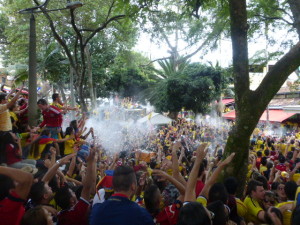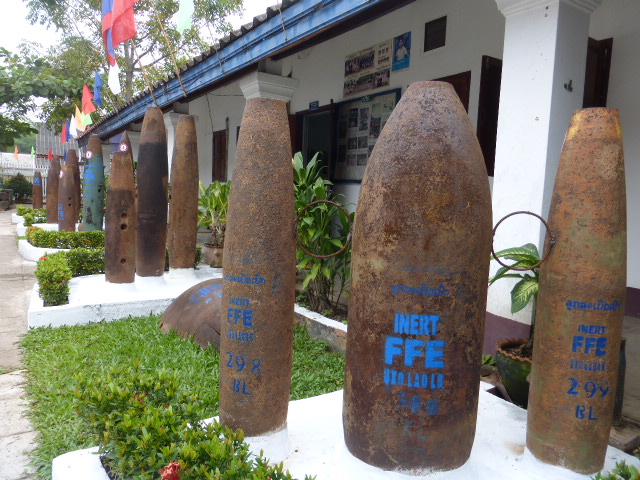
Did you know there was a secret war in Laos?
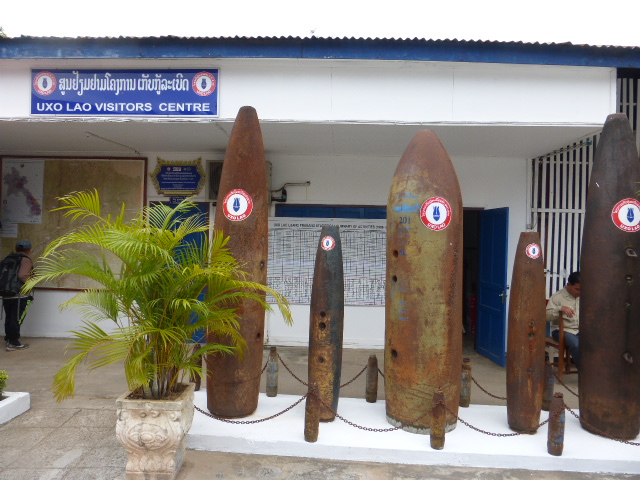
Did you know that there was once a secret war in Laos?
Did you know that since the end of that war more than 20,000 people have been killed or injured by UXO – unexploded bombs?
I want to tell you about the secret war in Laos because its after-effects still have such a huge impact on the population today.
[grwebform url=”https://app.getresponse.com/view_webform_v2.js?u=spPd&webforms_id=13182401″ css=”on” center=”off” center_margin=”200″/]A brief history of the secret war in Laos
Throughout it’s history Laos has been invaded and occupied. For many years much of the rest of the world refused to acknowledge it as a country in its own right – with France and Vietnam claiming it as their own among others. It has a dramatic history but no period is so sad as the years between 1964 and 1972 when the US was fighting its war with Vietnam.
During this time the US dropped more than two million tons of ordnance on Laos during 580,000 bombing missions – equal to a planeload of bombs every 8 minutes, 24-hours a day, for 9 years – making Laos the most heavily bombed country per capita in history. (text from: http://legaciesofwar.org/about-laos/secret-war-laos/) Can you believe these disturbing statistics?
The histories of Laos and Vietnam are intertwined. Here is a brief look at the disturbing legacy of the secret war in Laos.
There is no war in Laos.
Henry Kissinger repeatedly denied US involvement in Laos. He did not obtain the permission of Congress to bomb the country, nor did he inform them once it had begun. During the American (or the Vietnam War depending on which side you view it from) it was agreed at the Geneva Convention that Laos would remain neutral.
The US were fighting in Vietnam, desperate to prevent the spread of communism in the region; and they especially targeted the Ho Chi Minh Trail. The Vietnamese transported goods, arms and personnel along this route from north to south. The Ho Chi Minh Trail borders Laos in many places, in a vast mountainous area covered with thick tropical jungle. (When I was in Vietnam I took a motorbike tour along some of the Ho Chi Minh Trail – you can read that article here)
Many Laos were anti-American and supported either the Vietnamese operations and/or communism. They were fighting their own battles inside Laos between the (royal) government and the Pathet Lao. Despite the rulings at the Geneva Convention the CIA conducted an undercover operation in Laos to prevent the spread of communism and which enabled them to support their operations against the Vietnamese and the Ho Chi Minh Trail. For nine years they constantly denied their operations in Laos, however they have since held their hands up and confessed that they were there.
The US bombed the trail – they bombed across the border in Laos and hundreds of returning bombers simply indiscriminately emptied their cargo of bombs as they flew across Laos.
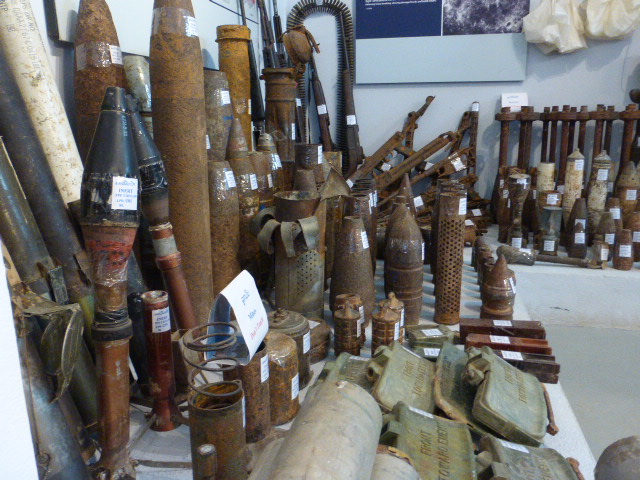
The secret war in Laos gets worse!
They didn’t drop ‘normal’ bombs either. They dropped napalm (Agent Orange) on the jungle so that the leaves would die on the trees and to reveal the villages and the route of the Ho Chi Minh Trail below; and they dropped big bomb casings which exploded and which released hundreds of little bombs (known locally as bombies) – each the size of a cricket ball – designed to injure people as opposed to killing them outright or destroying property.
The war ended and people got on with their lives. But life in Laos today still means living on a knife’s edge. Thousands of the bombs and bombies failed to explode and they are still injuring or killing more than 300 civilians a year. Farmers work in their fields, children play, fish or climb trees. Women light cooking fires. Many of them are blinded, lose limbs or lose their lives
Over time the bombies slowly work their way to the surface of the fields and then the farmer might step on one as he innocently plants his rice. The children net them from the river bed or knock them out of the trees where they have grown upwards, caught in the branches. Cooking fires are lit and the heat can trigger an explosion and I was even told of a man who was killed while digging a hole in the earth floor in his bedroom for a new bedpost.
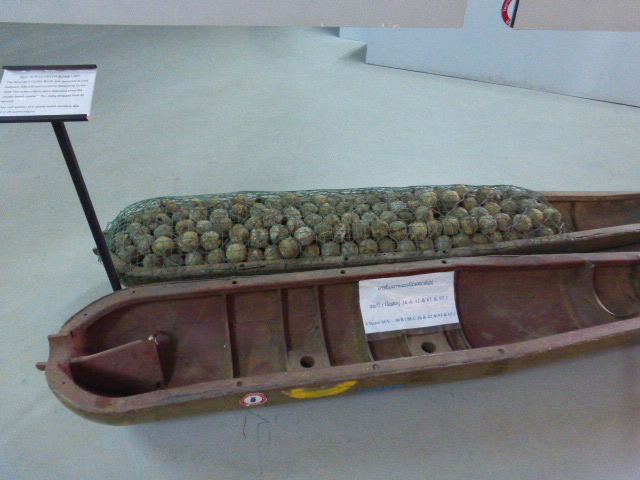
I bet you have never considered the following either.
Laos is a desperately poor country but even with the money that is available it is unable to easily develop a better infrastructure. For example, the govenment allocates money which is set aside for a new highway and a new school.
Before ANY work can begin the land has to be checked and cleared for dormant bombs. And it’s not enough to simply clear the land which forms the footprint of the school building. The surrounding land has to be checked which is slow, painstaking and dangerous work. Other countries are providing help and manpower but when you consider the mountain of unexploded devices that are still hanging around this is just a drop in the ocean.
The hospitals still see too many victims of the bombies and everywhere you see men, women and children who have lost limbs, eyes or have burn injuries. Schools are closed when a new bombie is discovered in the playground and the dangers of driving off the side of the highway have somewhat more disturbing implications than just toppling the bus into a ditch.
Up to one third of the bombs didn’t explode when they were supposed to, leaving behind a deadly legacy. I am lifting the following facts and figures from the Legacies of War web site which you really should check out, although I did read the same at the UXO Museum. There are many NGOs and charities trying to improve the lives of the Laos people but this website starkly sets out the facts for you.
- Over 270 million cluster bombs were dropped on Laos during the Vietnam War (210 million more bombs than were dropped on Iraq in 1991, 1998 and 2006 combined); up to 80 million did not detonate.
- Nearly 40 years on, less than 1% of these munitions have been destroyed. More than half of all confirmed cluster munitions casualties in the world have occurred in Laos.
- Each year there continue to be over 100 new casualties in Laos. Close to 60% of the accidents result in death, and 40% of the victims are children.
- Between 1995 and 2013, the U.S. contributed on average $3.2M per year for UXO clearance in Laos; the U.S. spent $13.3M per day (in 2013 dollars) for nine years bombing Laos.
- The U.S. spent as much in three days bombing Laos ($51M, in 2010 dollars) than it spent for clean up over 16 years ($51M).
I just find my jaw dropping even lower with each horrific statistic.
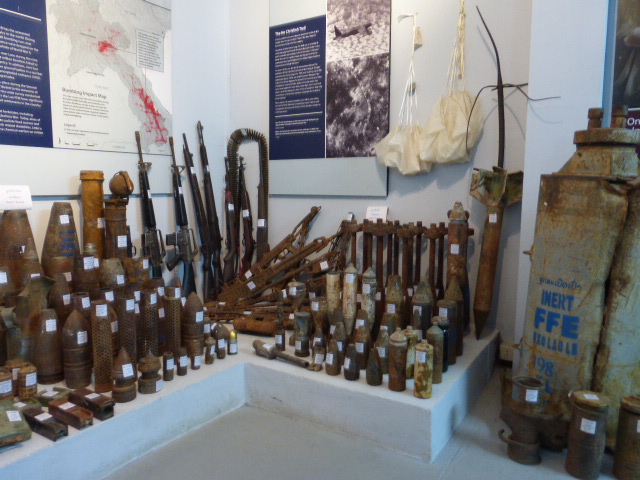
Education
An education programme is in place across Laos. In primary schools children are taught how to identify the various explosive devices and told about the consequences of playing with them or of accidentally disturbing them. The little bombies look like small balls which are especially attractive to toddlers and some boys being boys will try to break them apart to get the explosives out.
Adults also do this too so that they can use the gunpowder or they melt down the metal casings to exchange for money; taking risks every day. Some villages recycle the deactivated aluminium cases into jewelry or cutlery which they sell, and all across Laos you can see the larger bomb cases turned into furniture, fence posts or flower baskets.
The people of Laos live with the legacy of the secret war every day. They have become desensitised to it. The bombs are a part of the fabric of their culture. It is no great shock when a villager loses a limb after stepping on a bomb – it is normal life. Sadly, it still happens in Laos too frequently.
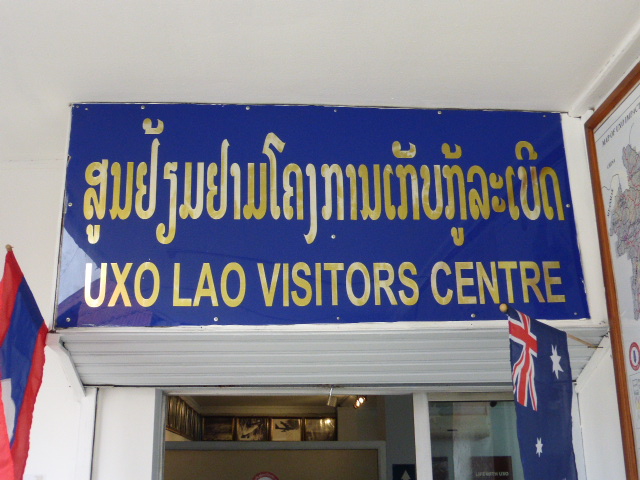
No apologies
I make no apologies for what some might view as a pro-Laos stance in this article and there are two sides to every war. One person’s terrorist is another person’s freedom fighter but no matter what your viewpoint on the advance of communism or whatever reason is given for a war, there needs to be transparency, a majority well-informed decision to take action and as little impact as possible on the lives of civilians. The Laos resorted to living in caves by day and farming their rice fields at night. I repeat:-
- Over 270 million cluster bombs were dropped on Laos during the Vietnam War (210 million more bombs than were dropped on Iraq in 1991, 1998 and 2006 combined); up to 80 million did not detonate.
- Nearly 40 years on, less than 1% of these munitions have been destroyed. More than half of all confirmed cluster munitions casualties in the world have occurred in Laos.
I would be grateful if you would share this article with your friends and for additional reading, information or to donate please take the time to check out the following links. Clear Laos Now – Legacies of War Fred Branfman at Alternet on Henry Kissinger Read about the impact of UXO devices and the correlation with poverty here COPE – Helping people to move on How and why the Hmong got involved And from a modern day writer who weaves some fantastic stories around the history of Laos, click here and discover my new favourite author – [easyazon_link keywords=”Colin Cotterill” locale=”UK” tag=”scajonblo0e-21″]Colin Cotterill[/easyazon_link] To accompany this series of articles on Laos, I have published a comprehensive 28 page travel itinerary of my month-long route around Laos. Simply enter your details in the box below to get your free guide. [grwebform url=”https://app.getresponse.com/view_webform_v2.js?u=spPd&webforms_id=13109801″ css=”on” center=”off” center_margin=”200″/] Scarlet Jones Travels is a participant in the Amazon Services LLC Associates Program, an affiliate advertising program designed to provide a means for sites to earn advertising fees by advertising and linking to Amazon.com This post contains affiliate links and/or references to our advertisers. We may receive compensation when you click on or make a purchase using these links This article has been updated and republished from the original in April 2016
